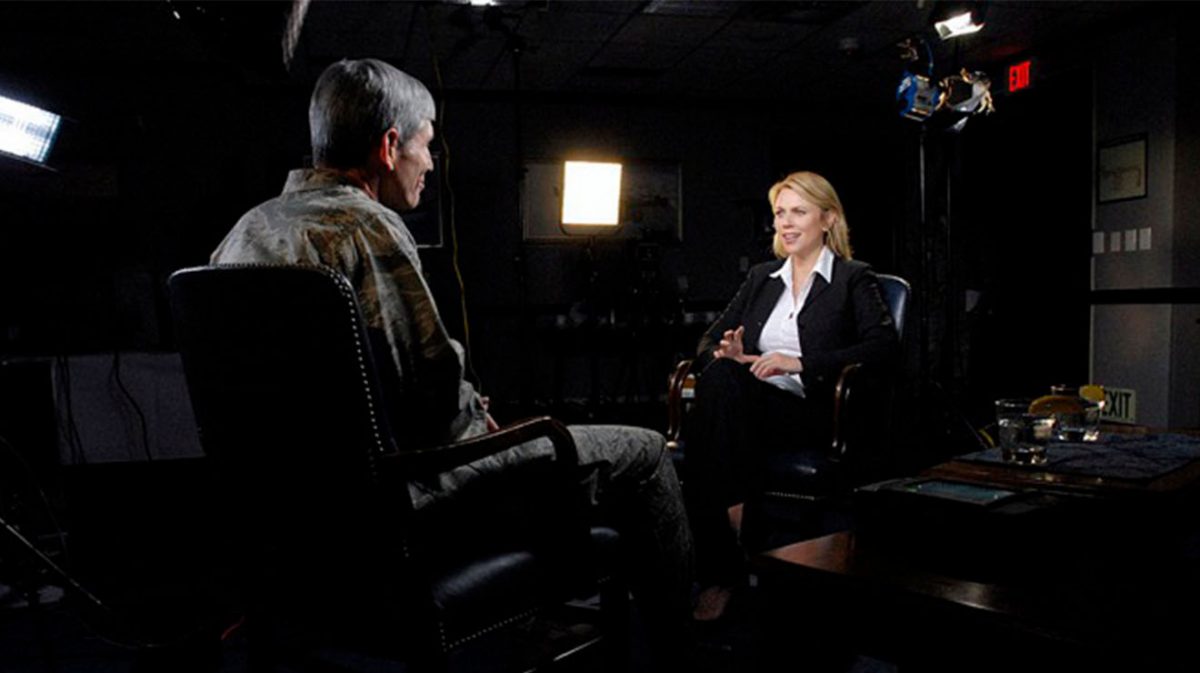Even the most extroverted people can suddenly lose confidence when in front of the camera. A great videographer will be able to put them at ease, and make the experience enjoyable for interviewee and audience.
Most videographers will produce videos that feature the team members speaking directly to camera, whether it is a CEO’s address to the company, explainer video, or staff training. This post shares tips on making a video that is natural, conversational and engaging.
There’s no need for a script.
With a script, the subject will be talking at the audience. If they read cue cards, they will come across as distracted. There’s only one thing for it. The speaker has to talk from the heart.
Yes, we know that you have a message that you want the subject to share, but trust us – a script won’t help you make a real, lasting connection with the audience. It will probably make the speaker seem unnatural, not engaging, and too formal. Likewise, memorizing a script will come across as robotic.
So how do you strike a balance between getting the interviewee to share your message accurately, while also showing their own personality?
The best approach is to spend some time with the subject before filming. Help them to understand the camera is nothing to be scared of – it’s just a piece of technology! Likewise, your aim is to help them show the best possible version of themselves on camera.
Provide the speaker with a written list of the main points they should hit, and let them chat about these to you. They can refer to this list during recording. Reassure them that they don’t have to be perfect, you can shoot as many takes as necessary.
Sometimes, actually having a conversation works best. Since you’re not on camera, prepare some questions ahead of time. Make sure to ask the subject to wait a few seconds to start answering a question. That way, you can easily edit out the prompts.
Choose the right interviewee.
The ‘right’ person is an expert on the topic you are exploring. If it is an onboarding video for new employees, then why not make separate videos for each area of the organization, featuring the head of each section? If it is an explainer video, then a range of professionals connected with the product or service (such as the designer or even a customer) would be well placed to explain the various aspects of it.
Whether your interviewee is a member of the organization your video is promoting or an impartial outsider, they must be an expert on the product or service. If your interviewee has just spent the past 30 minutes googling the subject, it will be glaringly obvious. They’ll come across as ill-prepared and uninspiring.
Someone who is truly passionate about the topic will be naturally engaging. Enthusiasm is contagious! It is much easier to be conversational when you are talking about something you know inside out. They will lend your message and your organization credibility.
It’s also possible to make a video with two interviewees talking. A conversation between two colleagues is a good technique to help them dispel nerves. It also makes for interesting viewing for the audience.
Don’t forget the extras!
Set the scene for your viewers with props. A corner office with fabulous views of the city, a lab complete with equipment, a busy office, a factory – whatever would make sense for the product or service your video is marketing.
Instead of making a regular talking heads video, use additional content. Use B-roll footage to complement the speaker’s words. Just be sure it doesn’t distract from the message. Likewise, the music you select for the video should be dynamic and upbeat – just the right choice to keep viewers energized and interested.
If B-roll footage isn’t within your budget, or you don’t have the time to track any down, use more than one camera when filming. Or, adjust the zoom for different segments of the conversation, either when filming or in post-production. That way, you can shift between perspectives to keep viewers engaged, and to make edits smoother.
Share your tips for making a talking heads video with the SproutVideo community! We’d love to hear from you on Facebook or Twitter.








